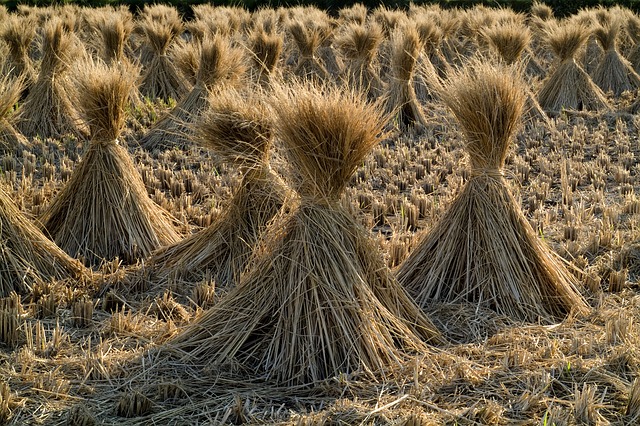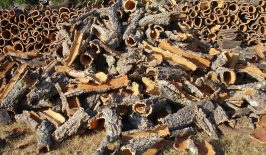Many of the inventions that we use in modern society were born from “failure”, discovered accidentally, while somebody was busy trying to create something else. That’s how we ended up with the microwave and penicillin. And that’s also how HiperIn was created, a brand new type of material that could reduce the environmental impact of the construction industry.
Every year in Valencia, locals celebrate Falles, an annual street festival that culminates in the burning of huge sculptures, also called “falles”. These huge structures are usually made of polystyrene, not the kind of thing that it’s advisable to set alight… So chemical engineer Ana Blasco and her partner Tomás Llorente decided to set out to look for a material that would be more environmentally friendly. She started making prototypes using different types of waste and developed a compound made from straw and recycled plastic… that unfortuately didn’t burn. “I wasn’t disappointed, I was really surprised,” Blasco explains. She quickly realised that she had come up with a new material that was fireproof, a great insulator and also low cost – making it an ideal eco-friendly construction material. They called it HiperIn (High Performance Recycled InSulation material).
The compound is made of rice straw and a maximum of 15 per cent plastic waste. HiperIn looks like concrete, and is an ecological thermal and acoustic insulator that can burn for more than 240 minutes before breaking down. Because it’s made of reused materials, it’s low cost, as well as being versatile and easy to work with. “HiperIn doesn’t just work to reduce CO2 emissions and help combat climate change, it can also have an economic benefit for people who use the buildings where it’s used, due to reduced energy consumption and reduced energy bills,” explains Blasco, who founded the startup Combustion Eco to continue developing HiperIn alongside other eco solutions.
“It’s a biodegradable and recyclable material, and made of two elements that currently both pose environmental problems – rice straw and ocean plastic. It’s also cheaper than other alternatives on the market,” Blasco explained to EFE.
In order to procue a block of HiperIn, they work together with local farmers who supply them with the rice straw, a crop residue from rice growing that is often not recycled, and in many places around the world ends up being burned, causing intense air pollution. The Technological Institute of Plastics (AIMPLAS) provides them with plastic that has been removed from the oceans. These two waste products are processed to form a paste that is then dried and pressed to produce tiles.
Currently, the team of Combustion Eco is investigating the use of HiperIn in different applications such as floors, walls and ceilings, and looking into where to incorporate it into buildings throughout different parts of Spain. In Jalisco, Mexico, they’re also collaborating on a pilot project with the NGO Hola Mexico: the construction of a refugee camp using the material as both thermal and acoustic insulation.
What’s the next step? Scaling up production. And getting back to the problem of how to make those ceremonially-burned Falles more sustainable…








